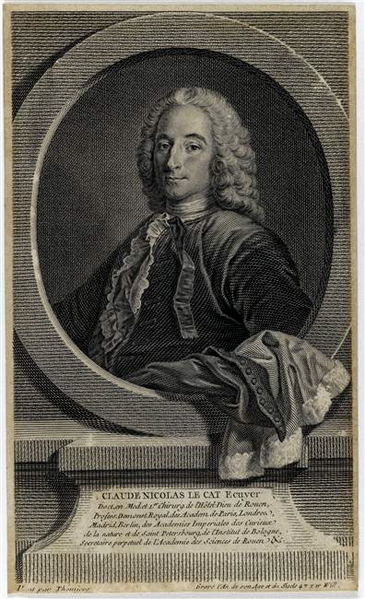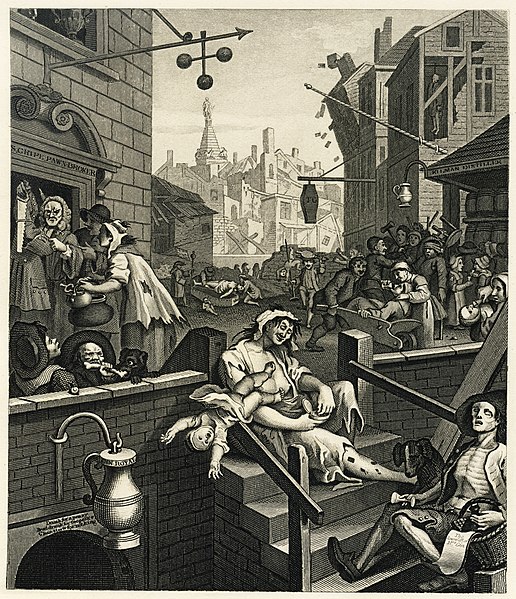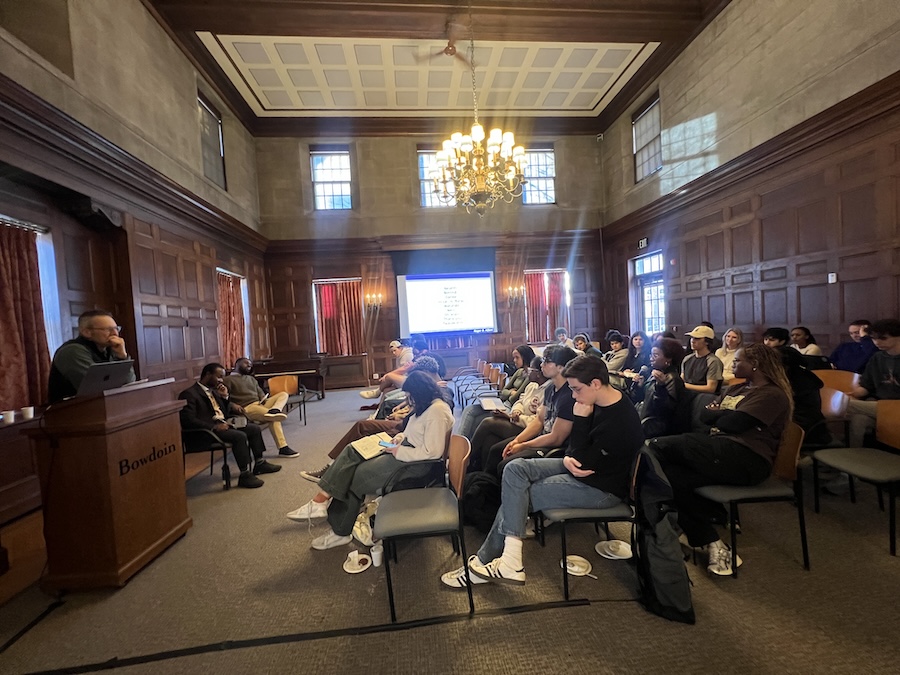Spontaneous Human Combustion and the Enlightenment
By Tom PorterIn 1725, a mysterious death in the northeastern French town of Rheims attracted considerable attention, both in the legal and the medical world. The burning remains of sixty-three-year-old Jeanne LeMaire were discovered in the early hours of the morning of February by her sixty-six- year-old husband Jean Millet, an innkeeper.

Authorities were determined to find out what happened to LeMaire, and suspicion fell on Millet, who had been accused of having an affair with the maid. He stood trial for his wife’s murder, and while he looked guilty to many observers, the court was unable to convict him due to lack of firm evidence.
While many may have doubted Millet’s innocence, at least one man was convinced beyond doubt that Millet had played no part in his wife’s demise: the celebrated surgeon Claude Nicolas Le Cat, who, as a young man, had lived in Rheims and even claimed to have known Millet and his wife. More than two and a half decades later, Le Cat published a memoir in which he asserted that Madame LeMaire was the victim of spontaneous human combustion. This curious historical episode has caught the attention of Associate Professor of History Meghan Roberts. She’s currently working on a book about medicine in France in the eighteenth century—the period known as “the enlightenment,” when human intellect, culture, and reason were widely celebrated.
“We know quite a lot about French medicine in this era from the 10,000-foot level,” says Roberts, “but there are fewer studies of individuals, which is a problem, because while we get a good view of how medicine is expanding through the growth of universities and other institutions, we don’t get much of an idea of how it’s working on the ground and being put into practice.”
Each chapter of Roberts’s book will be a case study of a particular medical professional, one of whom is Le Cat. She also chose him as the subject of a well-attended faculty seminar during the fall semester. She admits that the title of the talk may well have contributed to the event’s popularity: Women on Fire: Medicine, Murder, and Spontaneous Human Combustion.
“By the time Le Cat made this assertion in the mid-eighteenth century, he was a respected surgeon,” says Roberts, “and he took the opportunity to expound his theories about spontaneous human combustion. He linked the phenomenon to two factors in particular: excessive alcohol consumption and a sedentary lifestyle, or idleness, to put it another way—both qualities ascribed to Jeanne LeMaire.” Le Cat also proposed that women were, on the whole, more predisposed to spontaneous human combustion because they were less active than men.

While not a moral crusader—he was too much of a self-publicist for that, explains Roberts—Le Cat was writing at a time of growing concern over alcohol consumption, especially among the lower classes. “Le Cat also used the story as a way of showing off his knowledge and arguing for a much larger moral and legal role for medicine and its practitioners.” Another motivating factor for Le Cat, says Roberts, was to boost the standing of surgeons above physicians. “The two groups were constantly in conflict over who was at the top of the medical hierarchy. Le Cat had a physician’s degree but he identified as a surgeon.” Typically, surgeons had more hands-on experience, she explains, and would be called upon to perform a variety of procedures and operations, whereas doctors attained a higher level of education and learning, but cost more money and were restricted to urban areas. “Basically, Le Cat used his theories about spontaneous human combustion in the LeMaire case to showcase his high level of expertise and make the case that surgeons should have a more prominent place in society.”
Why did Le Cat choose to focus on the phenomenon of spontaneous human combustion to make his case? After all, it’s an incredibly rare occurrence, affecting only a handful of unfortunate people throughout the centuries. Part of the reason, says Roberts, is because it is such a rare event. “There is a history of people taking something that is shocking but very unlikely to happen, to argue for a larger reform. It’s a way of grabbing people’s attention.”
Roberts says it’s also important to see the whole story within the wider context of the enlightenment, as the secular world, the world of learning and science, asserts itself over religion. “In earlier centuries, such a fiery and grisly occurrence would have suggested divine justice or demonic possession. By the mid-eighteenth century, however, it had been secularized, with no mention of God or religion from Le Cat or any other eighteenth-century scholar who addressed the issue of spontaneous human combustion.”



